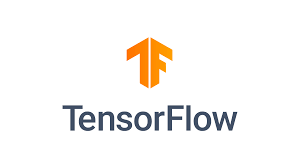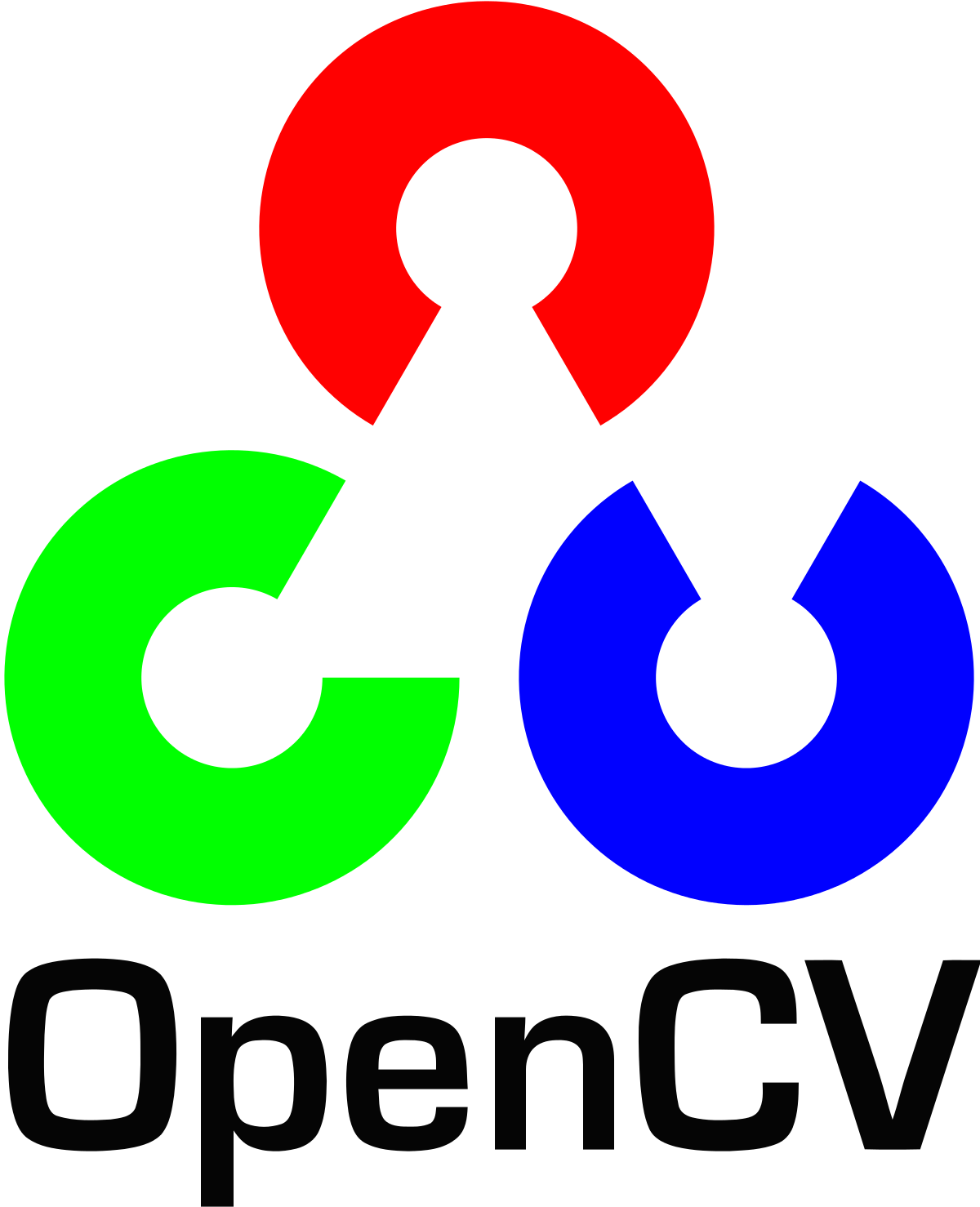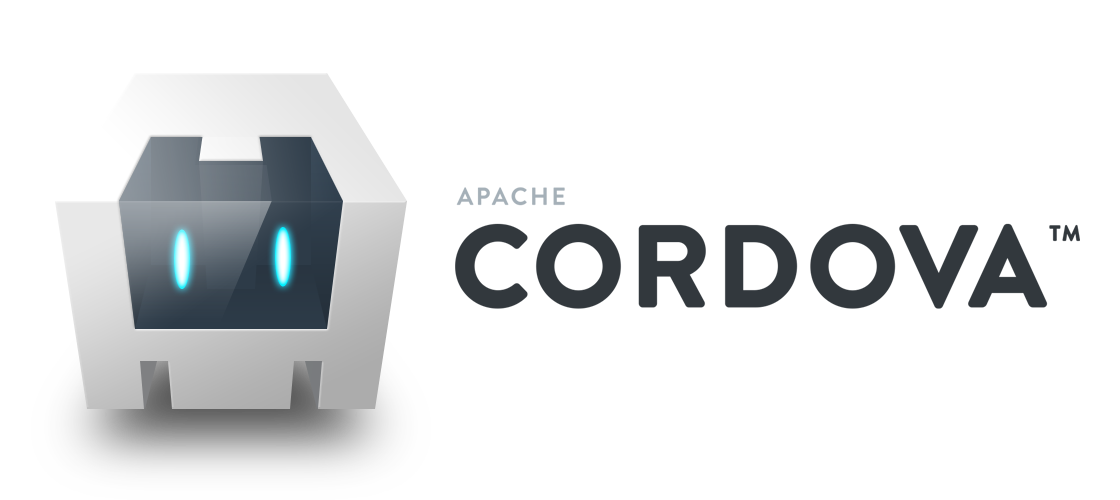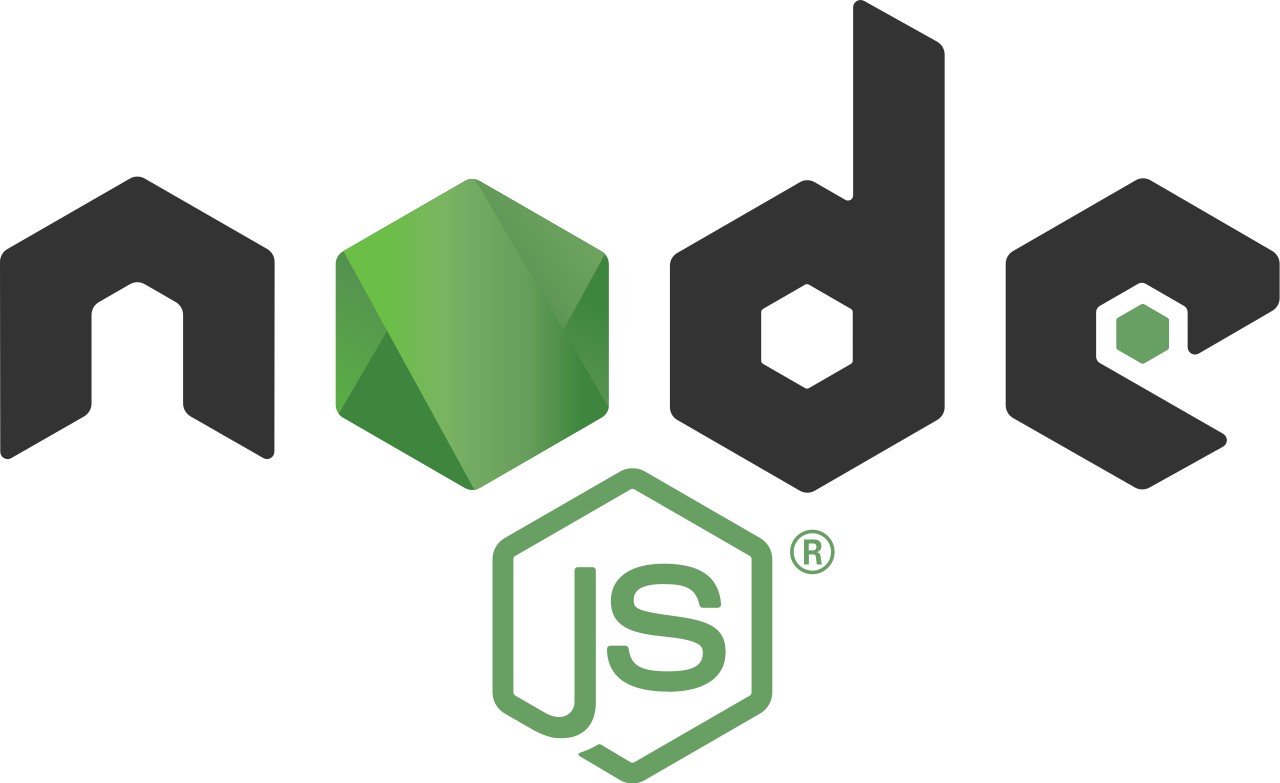Open-source software is any type of software to which its source code (the code the programmers wrote to develop the software) has been made publicly and freely available (source code tends to be private as it may contain company secrets or trademark content); this type of software has no, or very limited, copyright restrictions, giving you, the entrepreneur, the opportunity to develop, distribute, and commercialize your software applications.
To give you an idea, some of the most notable TensorFlow-powered projects are capable of “Helping doctors detect respiratory diseases with machine learning”, “Categorizing Airbnb listing photos”, or “Enabling medical staff to prescribe the right antibiotic”. But what I think is perfect for an entrepreneur like you is that TensorFlow is beginner-friendly.
Open-source software is the perfect solution to creating new web applications and starting your own business not only because you will take full authority over your design, but as the blog has shown, most open-source software is greatly designed and can do wonders for your new company. As an entrepreneur, you are a risk-taker! However, you do not need to spend big bucks on a super platform, when there’s open-source software as good as what we have shown in this blog post! You can use your free resources to develop a great software or application that can give your new business the success it deserves!






